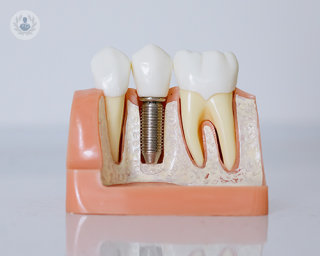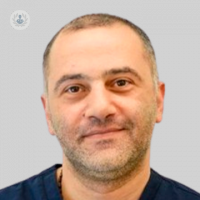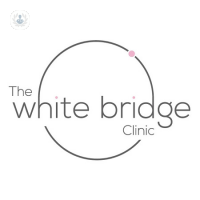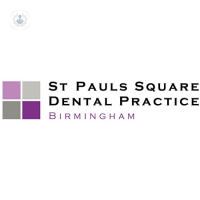Tooth replacement
What is fixed prosthodontics?
Fixed prosthodontics (also known as “indirect restorations”) is an area of dentistry that involves replacing teeth with fixed dental prostheses.
There are various kinds of fixed prosthodontics:
- Crowns – also referred to as “caps”, these are attached to what is left of a damaged tooth, providing coverage and protection to the remaining natural tooth structure and simultaneously replacing the part of the tooth that was lost. Crowns can be made of a variety of materials, from metal to ceramic, and the type of crown used depends on the type of tooth, how much of the tooth has been lost, and the patient’s preference.
- Bridges – designed to restore gaps between teeth, bridges often restore a natural appearance. They may be attached to a metal wing, or possibly to an adjacent crowned tooth to hold them in place.
- Veneers – relatively thin pieces of ceramic or resin that are glued onto the surface of damaged teeth to improve their aesthetic appearance.
- Inlays – more conservative than a crown, an inlay sits within the cusps of a tooth
- Onlays – similar to inlays, but cover, strengthen and reinforce the cusps, rather than the area between them.
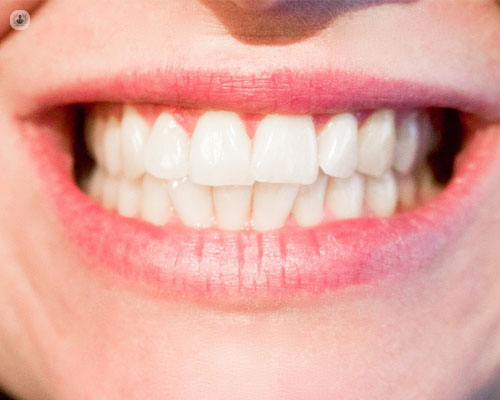
Why is it done?
Fixed prostheses are used to replace lost or damaged teeth, providing the patient with a fixed tooth with which they can chew and speak normally, providing the same functions as a normal tooth. They also restore a pleasing aesthetic appearance.
What does fixed prosthodontics consist of?
Fixed prosthodontics are typically made in a laboratory after the dentist takes an impression (mould) of the patient’s teeth so that the prostheses are made to fit each specific patient. Once the prosthesis is created, it will be placed in the patient’s mouth by the dentist.
Part of the remaining tooth structure usually has to be removed to make room for the thickness of the prosthesis. The amount that must be removed depends on the material of that prosthesis.
What is recovery like after the intervention of fixed prosthesis?
The care after the intervention depends on the type of prosthesis that will be placed on the patient. After the procedure, the patient should eat soft foods, avoiding hot or particularly cold food, as their teeth may be sensitive.





